In a recent survey, 40% of candidates in the media industry expressed frustration with how long the hiring process takes. This delay doesn’t just impact candidates—it can also hurt your organization’s ability to attract and retain top talent. Let’s unpack some of the most common reasons for these delays and explore ways to address them.
Understaffing Creates Bottlenecks
Many companies struggle with understaffed HR or recruitment teams, which slows down the hiring process. Without external recruiters or dedicated hiring staff, the intent to move quickly is often there, but the capacity isn’t.
When existing employees are tasked with recruitment on top of their core responsibilities, it can lead to delays and inefficiencies. Hiring becomes a secondary priority, and roles can remain unfilled for months, affecting productivity and morale across the organization.
Solution: Consider partnering with specialized recruiters to streamline the process and ensure hiring tasks don’t overwhelm internal teams.
Ghosting Candidates
Ghosting candidates is one of the most damaging practices in the hiring process. Candidates spend time researching your company, tailoring their resumes, and preparing for interviews, only to receive no response—no feedback, no acknowledgment, nothing.
This lack of communication doesn’t just frustrate applicants; it tarnishes your company’s reputation and the industry as a whole. A simple acknowledgment email—such as “Thank you for applying. After reviewing your resume…”—goes a long way in showing respect and professionalism.
Solution: Commit to transparent communication at every stage of the process. Even a brief update can help candidates feel valued.
Too Many Interviews
How many interviews does it take to hire the right candidate? For lower to mid-level positions, two interviews are typically sufficient to assess skills and cultural fit. Yet, many companies drag candidates through multiple rounds, extending the timeline unnecessarily.
While senior and executive roles require more rigorous vetting, the majority of your workforce falls into entry-level to director-level positions. Overcomplicating the process for these roles can lead to candidate frustration and increased drop-off rates.
Solution: Streamline interview processes to reduce the number of rounds while maintaining thoroughness.
Posting Jobs Without Intent to Hire
Another growing trend is companies advertising roles they aren’t actively hiring for. Whether due to hiring freezes or resume collection, this practice creates false hope for candidates and often results in ghosting when no action is taken.
This not only wastes candidates’ time but also damages trust. If the intent is to build a candidate database for future roles, why not be transparent about it?
Solution: Instead of posting fake openings, use general calls for resumes, clearly stating that the role is not immediately available but that applications will be considered for future opportunities.
The Bottom Line
The media industry is fast-paced, and companies can’t afford to let their hiring practices slow them down. Addressing these common pitfalls—understaffing, ghosting, excessive interviews, and misleading job postings—can significantly improve the candidate experience and your company’s reputation.
By respecting candidates’ time and streamlining the hiring process, organizations can attract better talent, foster goodwill, and position themselves as leaders in the industry.
Let’s rethink hiring—because great talent won’t wait forever.


